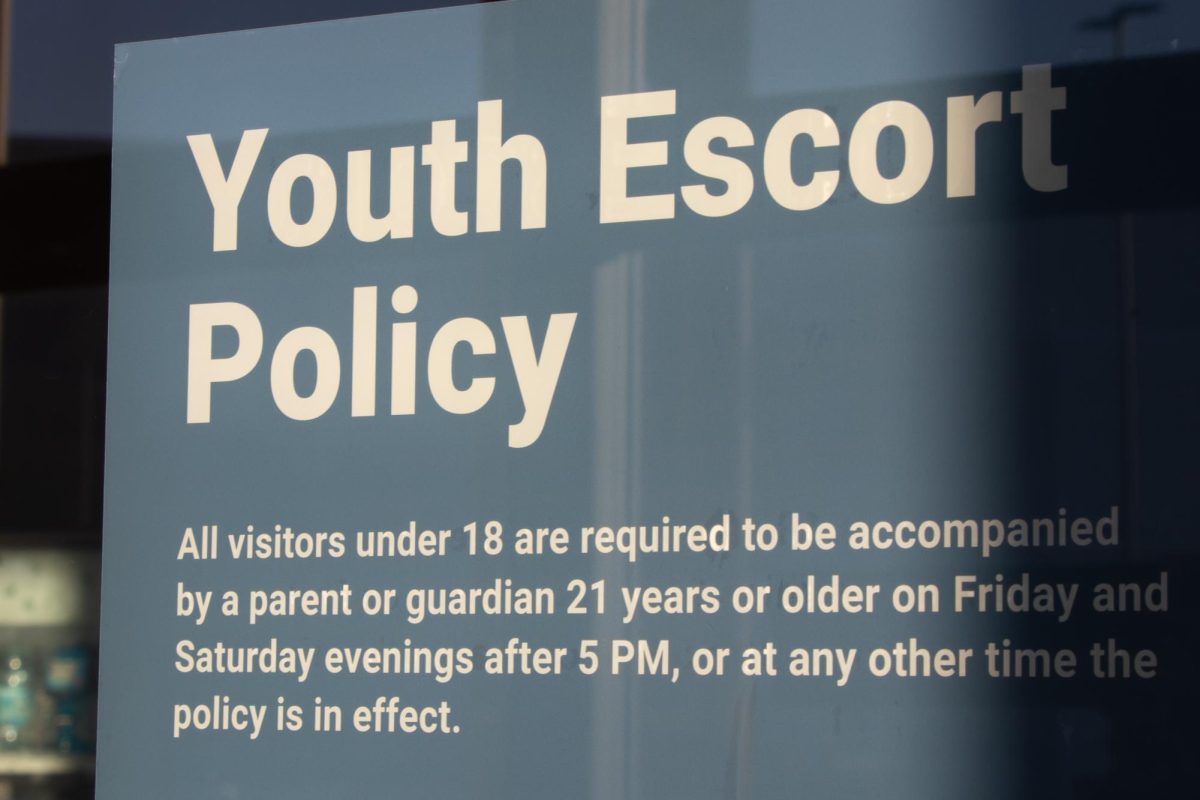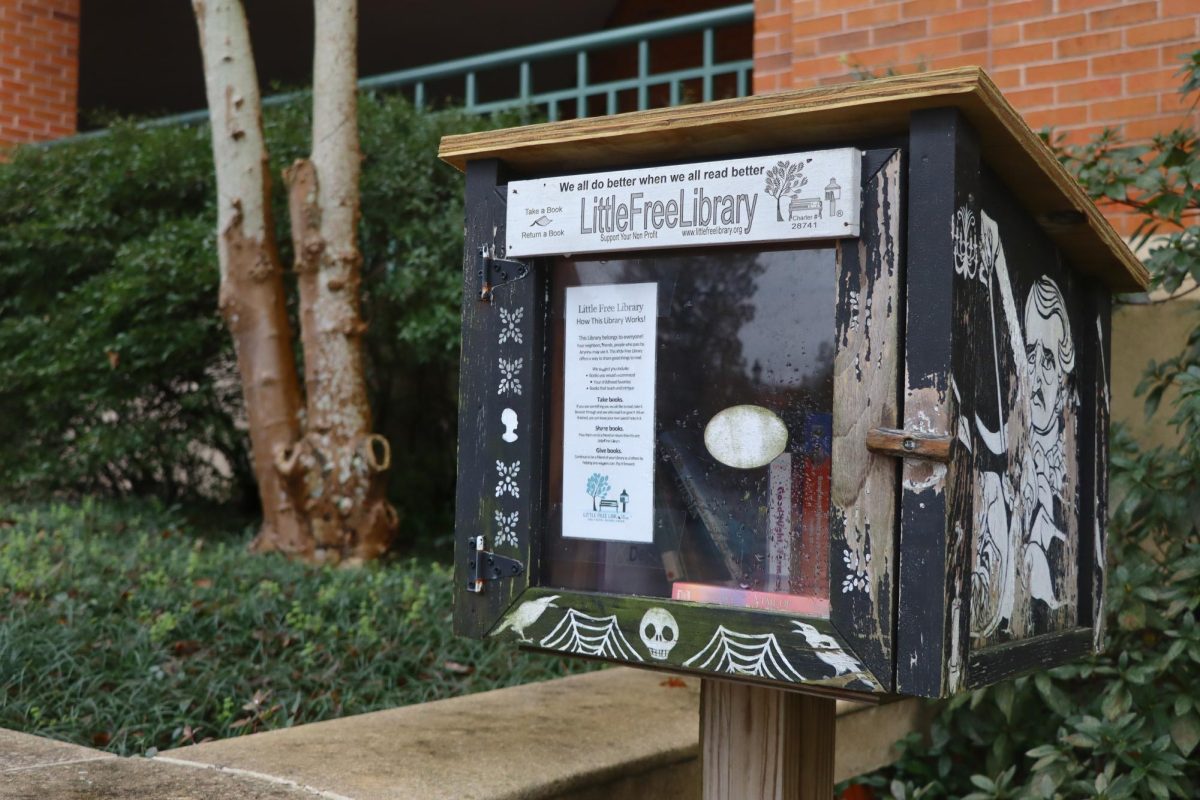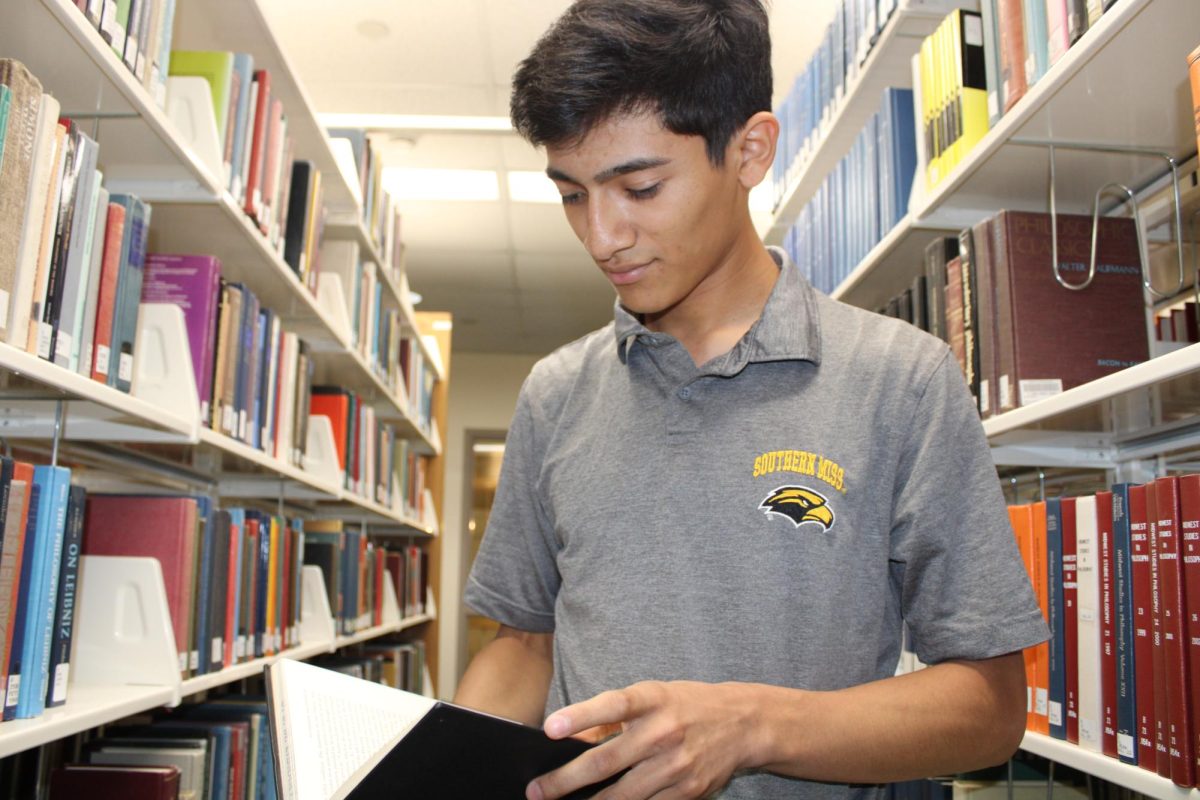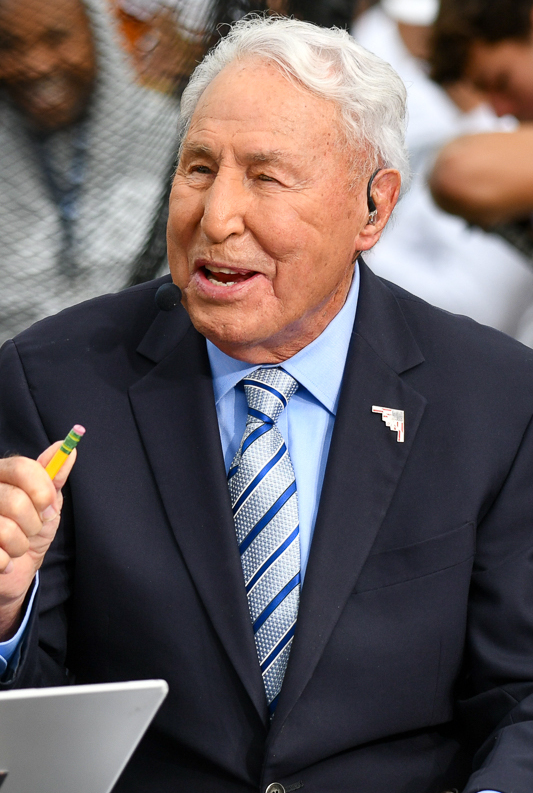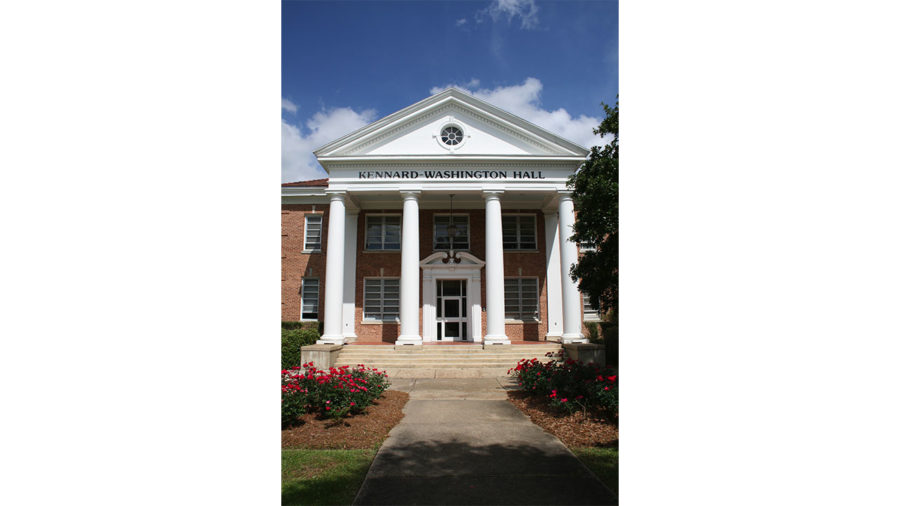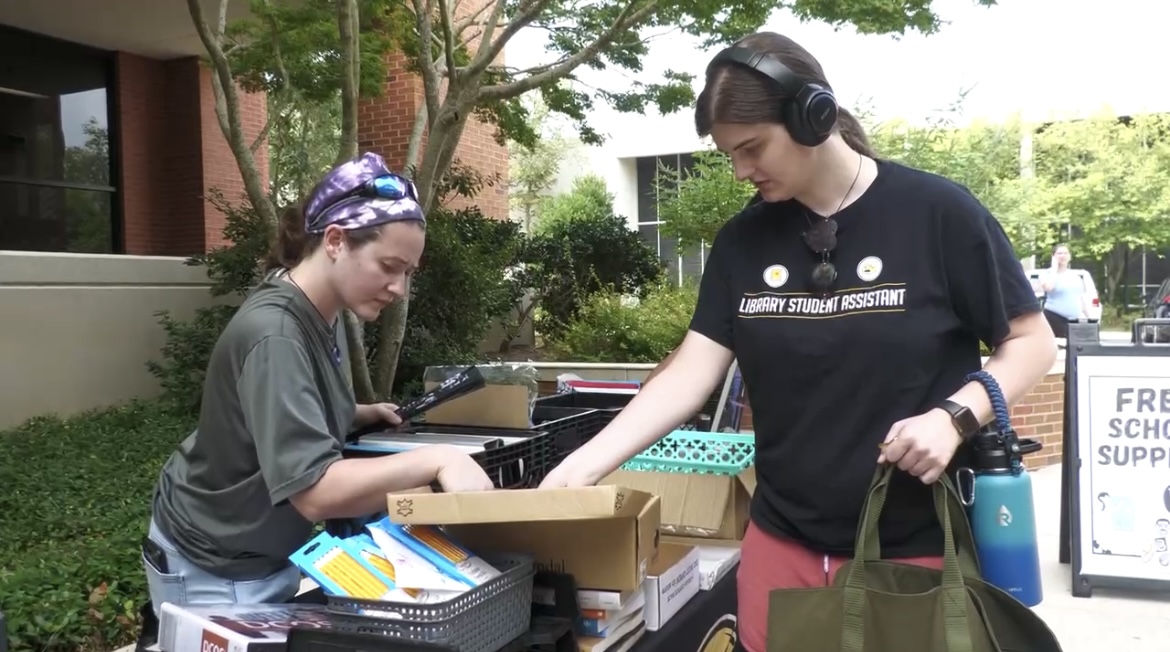Starting in the fall 2017 semester, The University of Southern Mississippi’s tuition will increase to $8,218 – a 7.3 percent increase from fall 2016.
On April 20, the state voted to raise tuition for eight public universities in Mississippi. The College Board approved the increase in tuition which had originally been scheduled to go up 3.8 percent in contrast to the 6.6 percent increase which took effect. Prices will go up by an additional amount for out-of-state and graduate tuition.
Mississippi public universities have experienced multiple budget cuts in the past years. In 2016, schools were promised $773 million but received $667 million for the 2018 budget year, according to the Associated Press.
Universities increased tuition saying state budget cuts require them to raise more revenue in order to continue to provide quality education for students.
According to the Mississippi Institutions of Higher Learning (IHL), the statewide average for two semesters of full-time tuition and fees will rise by an average of $454 – 7,413.
Director of Financial Aid David Williamson said the financial aid office will increase the students’ awarding budget, known as Cost of Attendance (COA), to compensate for the tuition increase.
“Students who are eligible for any tuition scholarship – those scholarships will be increased to match the tuition increases,” Williamson said.
Williamson said students who do not receive tuition scholarships, Stafford Loans or Parent Plus Loans are available whose amounts are also based on the change to the student’s COA.
A student’s COA is used to determine the amount of financial aid in the form of scholarships and loans. This cost includes estimated fees and expenses, which are based on the different living arrangements of a full-time student, according to the Office of Financial Aid.
Higher Education Commissioner Glenn Boyce said the universities are working to cut spending.
“It’s not just about raising tuition,” Boyce said in an interview with the Associated Press.
Federal, state and college-based aid is available to students to help counteract the tuition increase. According to federal reports, in the past two years, undergraduate students attending a public university in Mississippi typically received $7,100 worth of financial aid which covers about one-third of the total cost of attendance.
However, recent laws that eliminated stacking of state scholarships or grants in Mississippi will cause some students to receive less state aid. About 3,400 students who received combinations of different state scholarships including MTAG and MESG will now only receive the higher amount offered. The same legislation requires that grades be checked for aid recipients at the end of each academic term rather than each academic year which is estimated to cut aid from 430 students statewide.
Demand for state aid increased in the 2016 – 2017 year and exceeded available resources by nearly $11 million, according to IHL.
Director of the Mississippi Office of Student Financial Aid Jennifer Rogers said it was good that more Mississippians were going to college to get a degree.
“Unfortunately, the growth in college-going has resulted in a costly increase in demand for state aid,” Rogers said. “We look forward to working with the Legislature and postsecondary institution leaders to identify a wsustainable solution for state financial aid.”




